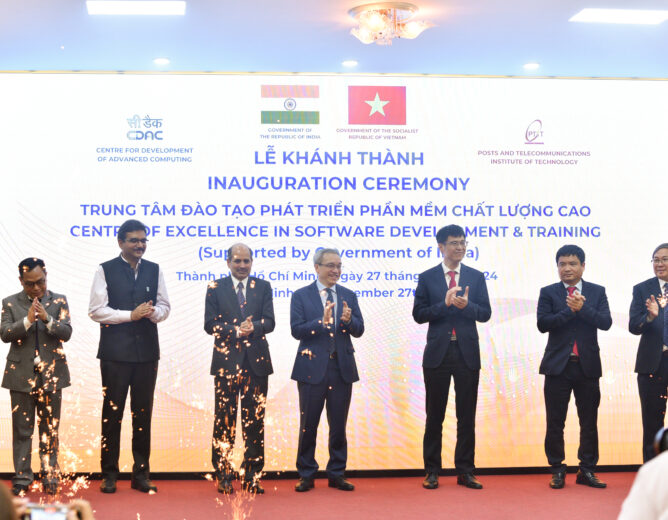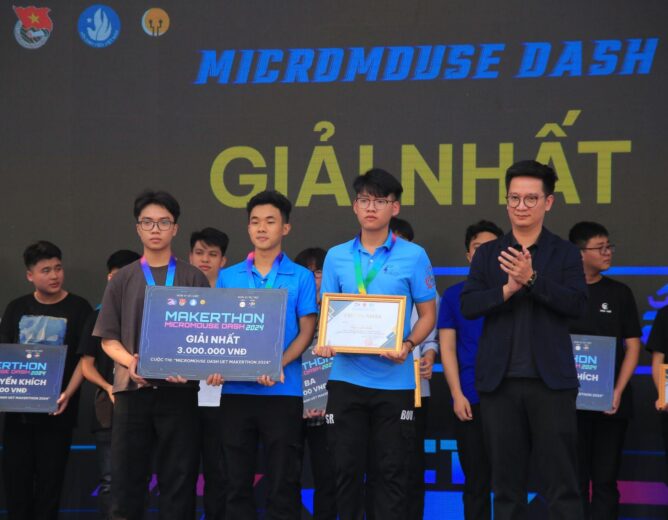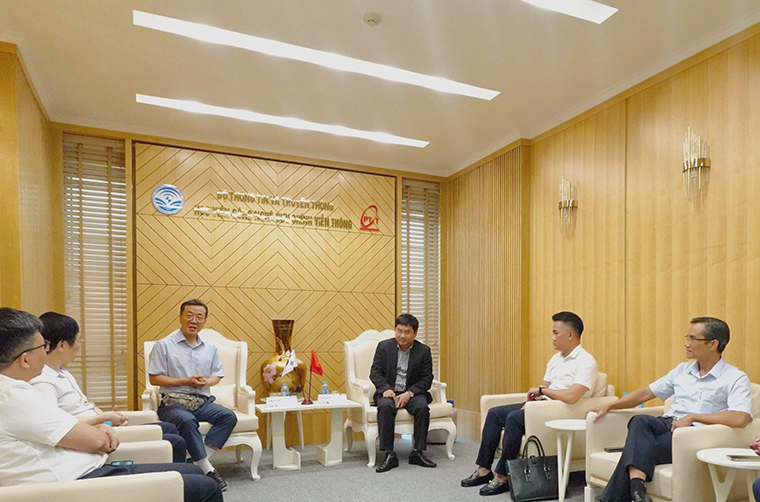The Posts and Telecommunications Institute of Technology (PTIT) and Aizu University (Japan) have entered into a partnership to establish a 3+2 joint Master’s degree program, announced on August 6, 2024, in Japan.
The signing ceremony for the 3+2 joint training agreement was attended by Minister of Information and Communications Nguyen Manh Hung, Vietnamese Ambassador to Japan Pham Quang Hieu, Professor Iwase Jiro, Vice Chairman of the Aizu University Board of Trustees, and Prof. Dr. Tu Minh Phương, Chairman of the PTIT Council, alongside PTIT representatives.

Prof. Dr. Tu Minh Phuong and Professor Iwase Jiro formalized the agreement during the ceremony.
Under the agreement, the two institutions will implement a 3+2 joint program, whereby PTIT students who complete their third year will transfer to Aizu University for an additional two years to earn a Master’s degree upon completion.
The program is designed for high-achieving students specializing in Information Technology, those enrolled in the Vietnam-Japan Information Technology Engineering Program, applied information technology, and telecommunications. PTIT students will have access to government scholarships (MEXT) and will receive tuition waivers along with living stipends. Aizu University will also help connect students with Japanese companies, offering them opportunities to work in Japan after graduation.
The agreement also outlines opportunities for student exchanges, internships, research projects, and final project defense at Aizu University.
Aizu University, located in Aizu-Wakamatsu City, Japan, is a public institution founded in 1993. It is the only university in Japan focused on specialized education in Computer Science and boasts a highly international faculty, with 40% of its professors hailing from abroad. English is the primary language of instruction.
Previously, Aizu University and PTIT signed a memorandum of understanding (MoU) in 2008, which has been renewed several times. With PTIT’s expanding Japan-oriented training programs in recent years, this collaboration is expected to yield significant results for both institutions in the future.



